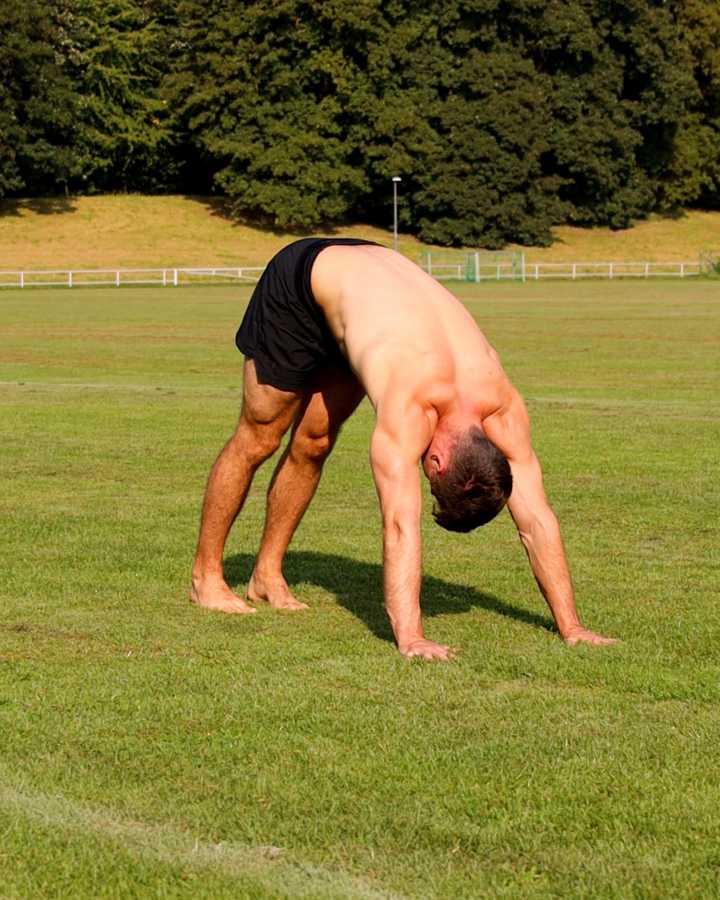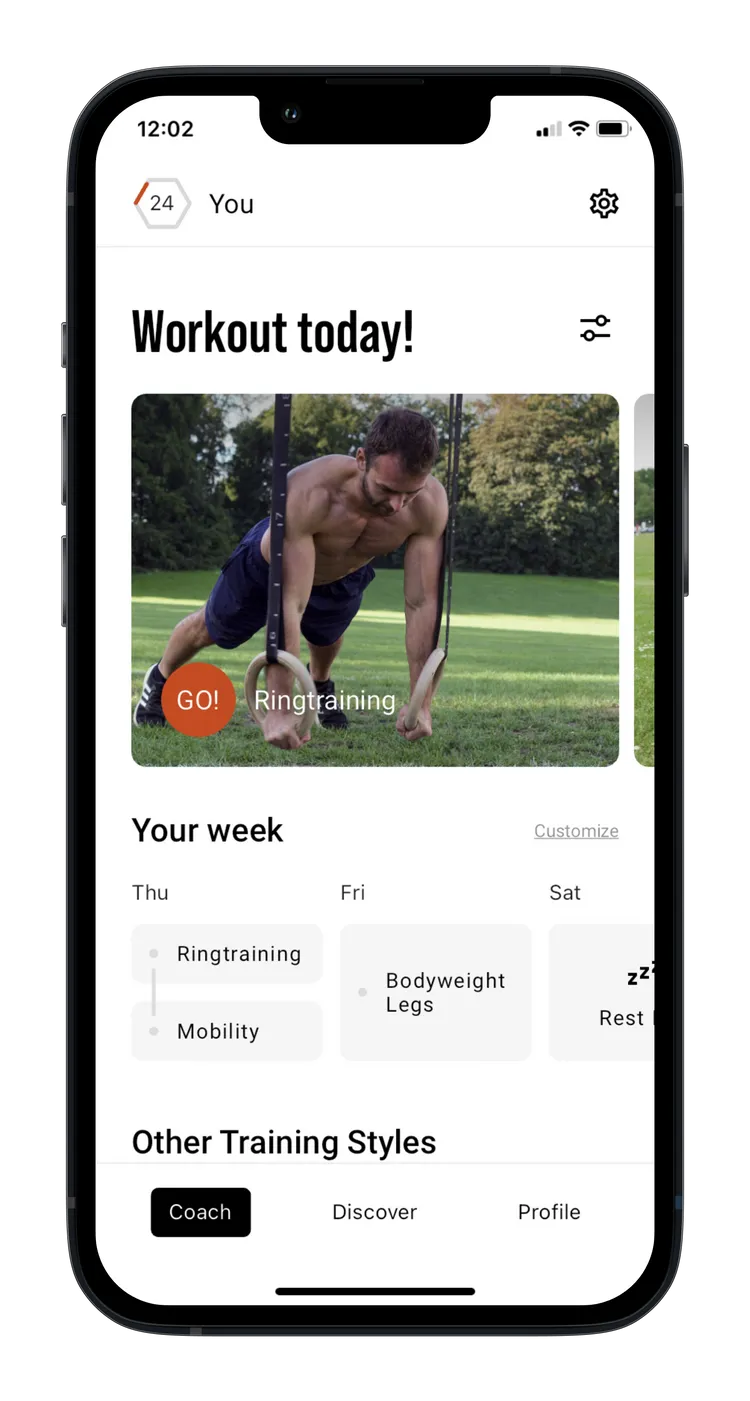Downward Dog Pose
The downward-facing dog pose is one of the most well-known yoga poses and often serves as a starting point for many other exercises. In this position, you stretch your body into an inverted V-shape, with your hands firmly on the ground and your hips lifted upwards. This pose stretches the muscles at the back of the legs, strengthens the shoulders, and improves spinal flexibility. The downward-facing dog also promotes circulation and can help relieve tension in the back.
Downward Dog Pose - the correct execution
- Start in a tabletop position on your hands and knees
- Place your hands shoulder-width apart on the ground, fingers spread wide, wrists under the shoulders
- Press your toes into the floor and lift your knees off the ground
- Slowly straighten your legs as you push your hips up and back
- Keep your back long and spine straight by engaging your core slightly
- Draw your shoulder blades down and back, keeping your head in line with your spine
- Aim to lower your heels towards the floor without rounding your back
- Breathe deeply and evenly, holding the position for several breaths
The exercise Downward Dog is intended to be used as a mobility, warm up, cool down exercise.
Which muscles are trained by Downward Dog?




Primary trained muscles for Downward Dog
Hamstrings - The hamstrings are muscle groups located at the back of your thigh. They help you bend your knee and extend your hip.
Alternative variants of Downward Dog Pose:
Alternating Downward Dog Pose
The alternating downward-facing dog pose builds on the classic pose and adds extra dynamism. In this variation, you alternately bend one knee while keeping the other leg straight, which intensifies the stretch in the calves and hamstrings. This movement helps to further improve flexibility and mobility in the legs.
Alternating Downward Dog Pose - the correct execution
- Start in the downward-facing dog position: hands shoulder-width apart on the floor, hips high, legs straight
- Engage your core slightly and draw the shoulders away from your ears
- Bend one knee while pressing the heel of the opposite leg toward the floor
- Hold the position for a moment and feel the stretch in the back of your leg
- Switch sides by straightening the bent leg and bending the other knee
- Keep your back straight and hips lifted throughout the movement
- Perform the movements fluidly, in sync with your breath
This could also be interesting
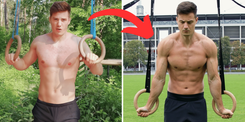
Calisthenics Body Transformation – How to Build a Strong, Lean, and Athletic Physique
Transform your body with Calisthenics! Build muscle, burn fat & achieve a shredded physique with bodyweight training. See real before & after results!
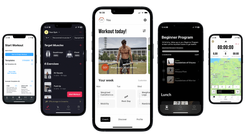
The Best Fitness Apps in 2025: Our Top 10 Recommendations
Don’t miss the best fitness apps of 2025: surprising favorites, free options, and perfect tools for your workouts. Find the ideal app today!
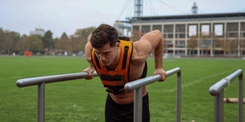
Complete Calisthenics Skills List – 40+ Exercises from Beginner to Pro
Which calisthenics skills should you learn first? And which ones will really help you progress? In this article, you’ll find a complete list of over 40 exercises – from the very basics to the toughest moves for professionals. Each exercise comes with instructions, so you can immediately integrate them into your training.
